Here’s how you can get your own online store and set up your CD duplication for free.
It’s a slow summer in Terlingua, music-wise, until the Viva Terlingua Festival cranks up August 20-23. Since so many of the people who check out this blog are involved in the creation of fun noises, I’m using this space to share what I’ve learned recently about music promotion.
The first step is to actually create the music recording. I’m not even going to try to cover that here. Any musician with a computer, a decent microphone, and some software has the technical tools to create recorded music.
I use an Apple computer running Logic, Tascam interface, JoMeek and Bellari pre-amps, and Neuman, Shure, MXL, Audio-Technica, AKG (etc) microphones. I have 27 guitars, 5 guitar amps + a Line 6 Pod (which is what I actually use most of the time), and several vintage and modern keyboards (which I use as MIDI controllers because Logic’s software instruments are better than the sounds in the keyboards). You don’t need near that much stuff to get acceptable results. Many hit records have been recorded with a Shure SM-58, and MXL makes pretty good large diaphragm condenser mics that are cheaper than that SM-58. Audacity is a FREE software program that you can use to make professional recordings.
Bottom line, gear is NOT your problem.
You may have a problem if you’re new to recording. I learned how to make records on 2″ tape decks and have been doing it for decades. I followed the transition from analog to digital as a professional. So, when I look at the controls of the virtual tube compressor I know what “attack,” “ratio,” “knee,” and the other techie words mean. I know how hard to hit the virtual tape emulator to get the sound I’m looking for. When I call up the virtual ARP 2600 in Logic, I know which patch-cord goes where to get the sound I need.
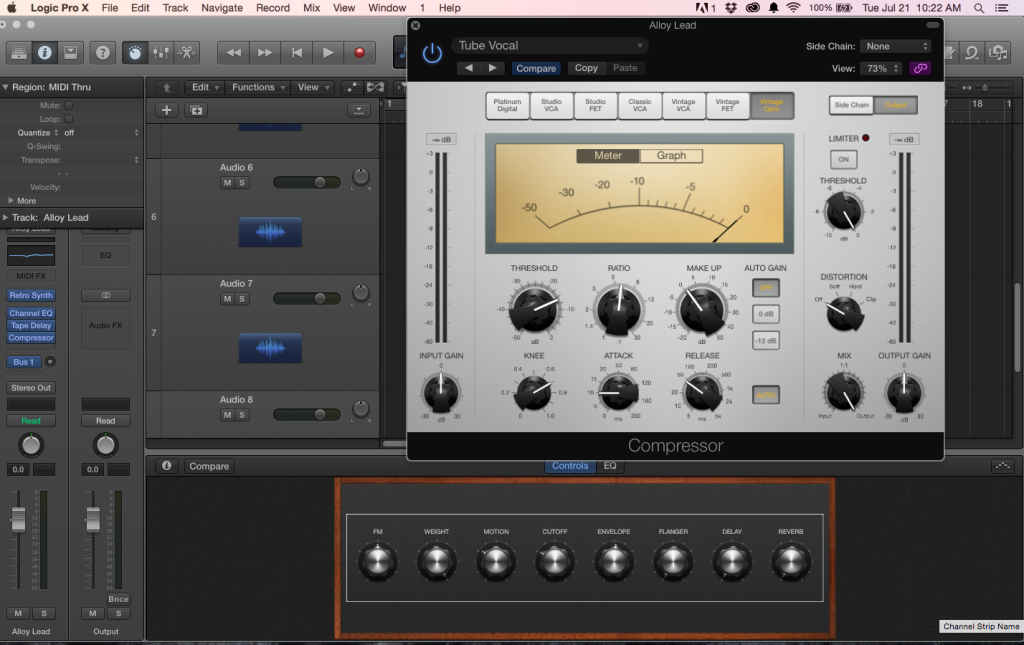
So, you could hire me to help you make your record. Really, recording studios are so cheap to rent right now that I don’t know why anybody bothers. When I made my first record, in 1982, it cost $125 an hour. Now, you can take your pick of pretty good studios in Austin for $15 an hour or cut your record here in Terlingua with Ted over at Studio Butte Recording for $20/hour. Ted’s got walls of analog outboard gear, microphones to stimulate envy in the heart of any gear-slut, a grand piano, and can record a whole band including drummer. For $20 bucks an hour. That’s ridiculous.
However; my advice, for what it’s worth, is to NOT hire me or anybody else to make your noises immortal but to bugger on bravely, get the software and a computer (you’ve already got a computer, don’t you?), and learn how to do it on your own. Your initial efforts may suck bog water, but if you’ve got ears you’ll get it over time. Then you can control your destiny and make professional recordings from anywhere.
Once you’ve got the noises immortalized, how do you get them onto a CD, get that CD in your hands so you can sell it at gigs, and get it for sale on a web page so you can sell it online?
Kunaki.
What is Kunaki? It’s a robot. An online machine. Kunaki doesn’t do warm and fuzzy customer service, their website is easily the ugliest thing online, their FAQs are so rude they’re funny.
And, I love it. Some of my buddies have gotten confused because Kunaki only offers traditional plastic CD covers and duplicates instead of replicates. My opinion is that they’re missing the point. Kunaki is a game changer in much the way that the cotton gin, the steam engine and the Telecaster were.
Follow along and see if you agree:
So, by the time you log onto Kunaki, your master recordings are living a lonely life on your hard drive. Upload them to Kunaki.
Now, how hard was that?
The next step has to do with graphics, and if you’ve got a basic knowledge of Photoshop, you can handle it yourself. If not, contact Anna Oakley at Mercury Graphics in Terlingua and she’ll do you a fine job.
Kunaki is very specific about the size, etc. If you set your image size to the dimensions Kunaki demands you really can’t go wrong.
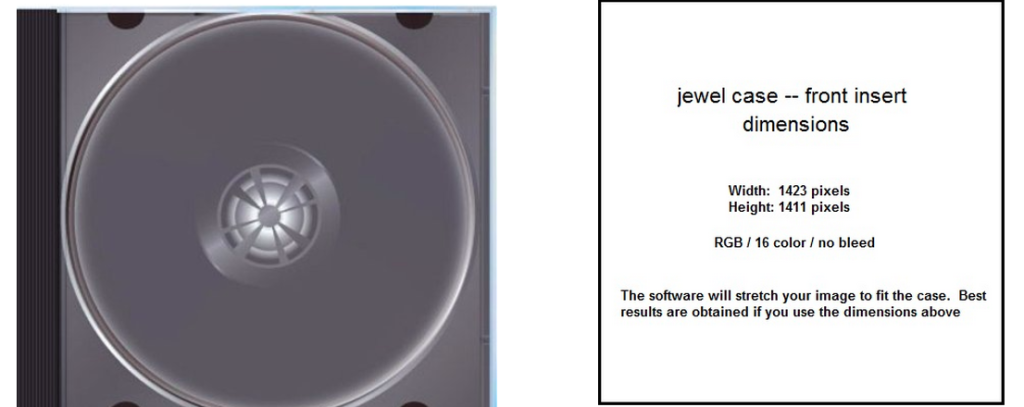 In the next step, you’ll notice that Kunaki is GIVING you a bar code. CD Baby, which is what I’m going to recommend that you use to promote your music to over 95 online stores and streaming services, charges $20 for this. You can use your Kunaki bar code at CD Baby and keep that $20 in your pocket.
In the next step, you’ll notice that Kunaki is GIVING you a bar code. CD Baby, which is what I’m going to recommend that you use to promote your music to over 95 online stores and streaming services, charges $20 for this. You can use your Kunaki bar code at CD Baby and keep that $20 in your pocket.
There’s not much more to go over- after you’ve uploaded your music and graphics, you click through to the next page where Kunaki offers you a free website to sell your CD. Mine is HERE. Click on through and then click “rotate cover.” You’ll see what a Kunaki CD looks like. Professional graphics, full color printing on the CD, shrink-wrapped. At that page, Kunaki will sell my CD, calculate and collect shipping, pack and ship the CD, take their $1 and send me the other $9 via paypal.
How the fuck can you argue with that?
The other beautiful thing for gigging musicians without much money is that you can order any number of CDs. You can order 5 CDs for $5 plus shipping. Sell them on the street corner or at your next gig and you’ve got $50. Being a smart street singer, you forego the bottle of Ripple and buy, say 40 CDs and sell those at your next four or five gigs. Now, you’ve got $400 to work with. Welcome to capitalism. It rocks as long as you own the means of production. Think of Kunaki as your private factory that your rich uncle gave you… or something… and get to work.
Next time, we’ll talk about CD Baby and why I recommend you go ahead and give ’em the damn $50 to set up your online stores.
*******************************************
Pat O’Bryan is a crusty ol’ dude who lives out in the desert outside Terlingua. He’s got a sort of recording studio in Terlingua. He has an imaginary blues band.
His sordid past includes writing several best-selling books on marketing, playing with Stevie Ray Vaughan, Eric Johnson, Hubert Sumlin and Hank Thompson (making him probably the only human on the planet who has played with that specific combination), and acquiring degrees in music, english and accounting.
You can stay in touch with Pat on Facebook- http://Facebook.com/patobryanmusic
His “professional” website is at: http://patobryan.com
email: vivaterlinguafest@gmail.com
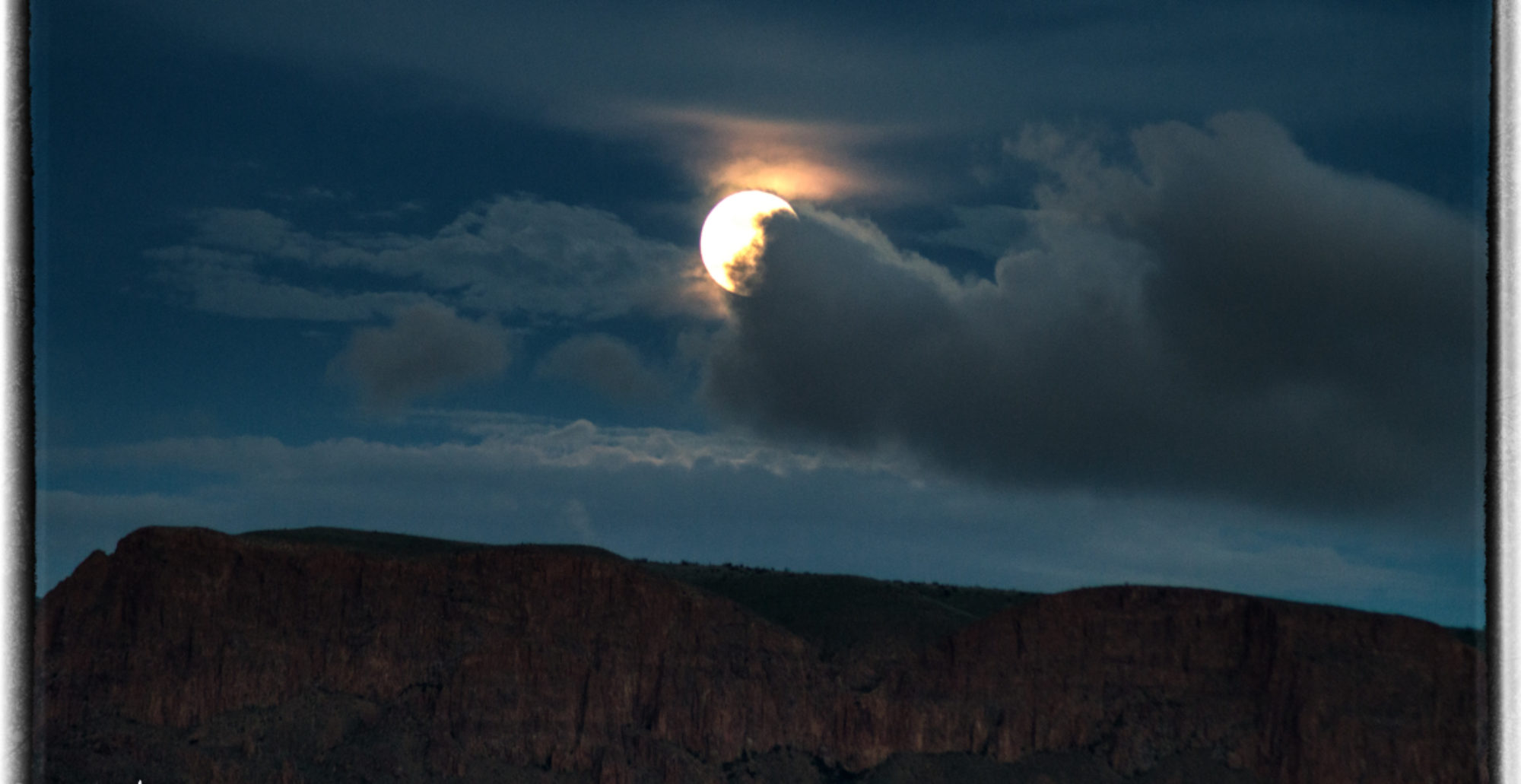
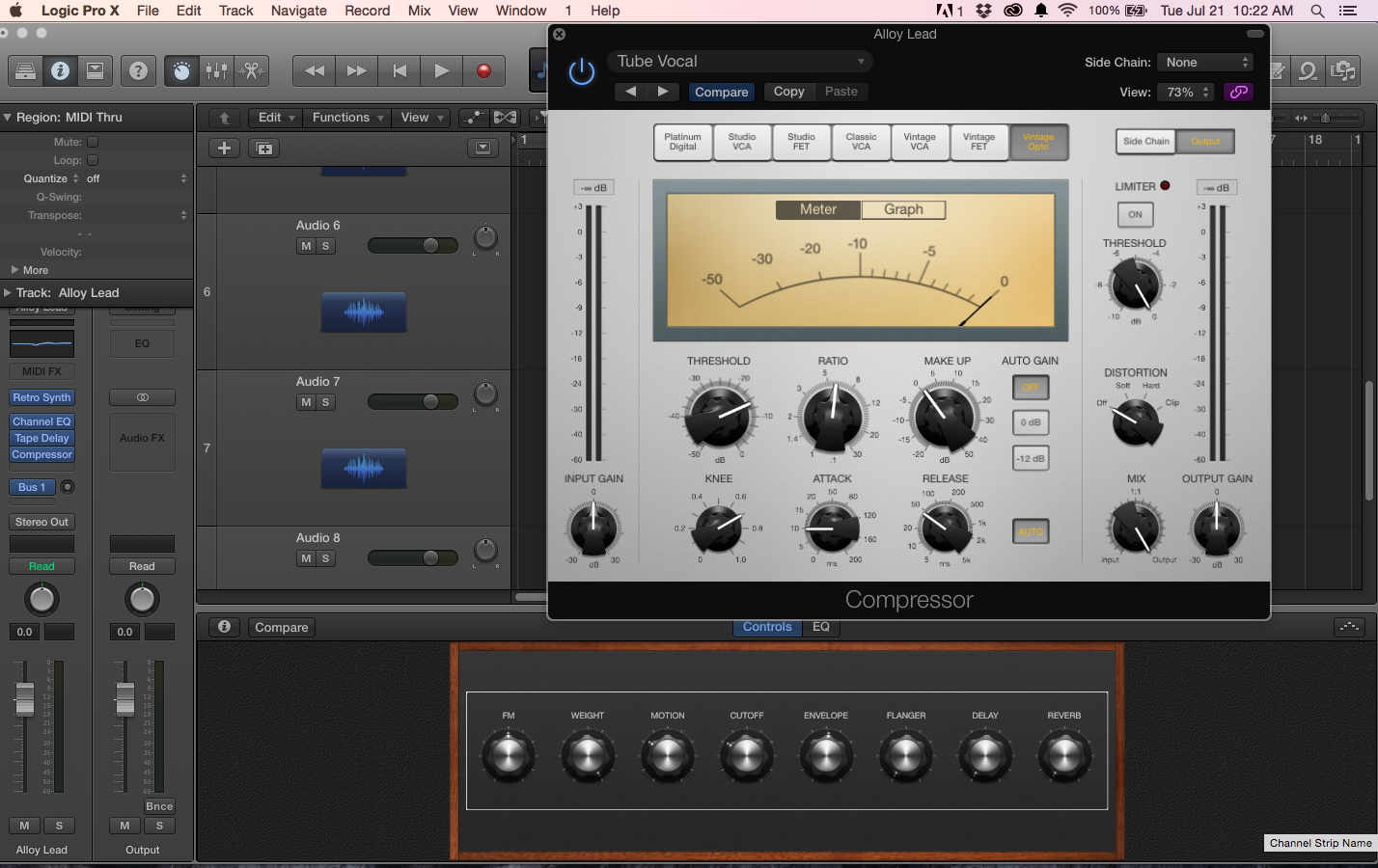
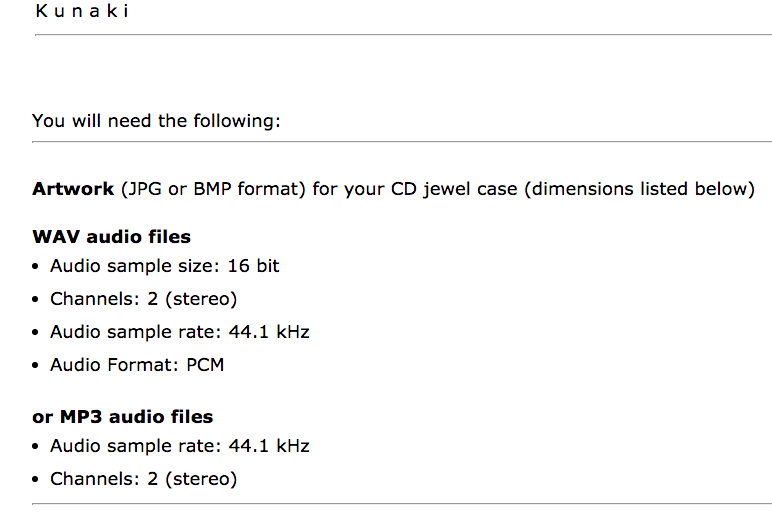
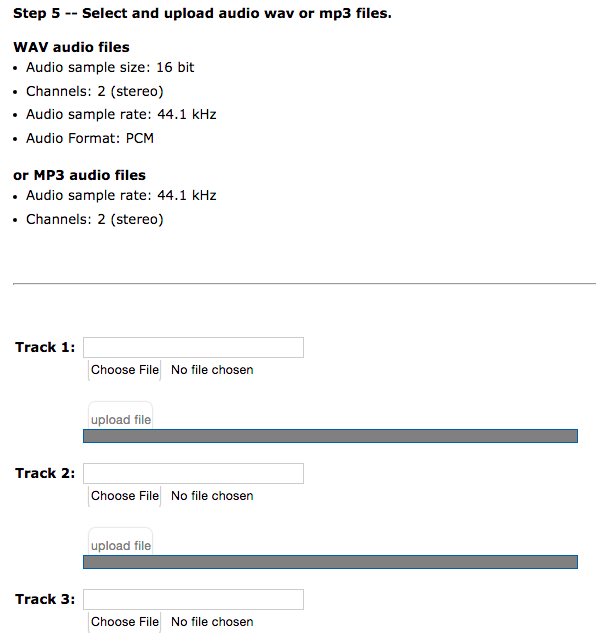
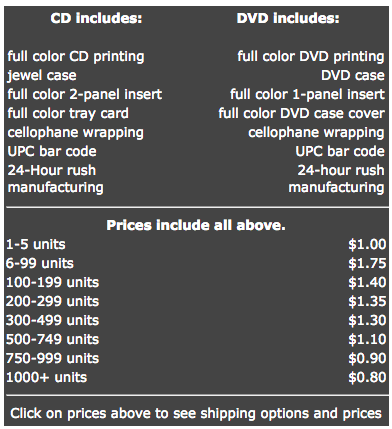
Thanks for walking through the process of making a CD. I’ve been looking for different ways to make a lot of CDs, but you’ve got some great ideas on not only how to get them made, but get them made well! Now I’m excited to finally get to making my own – Thanks for the post!